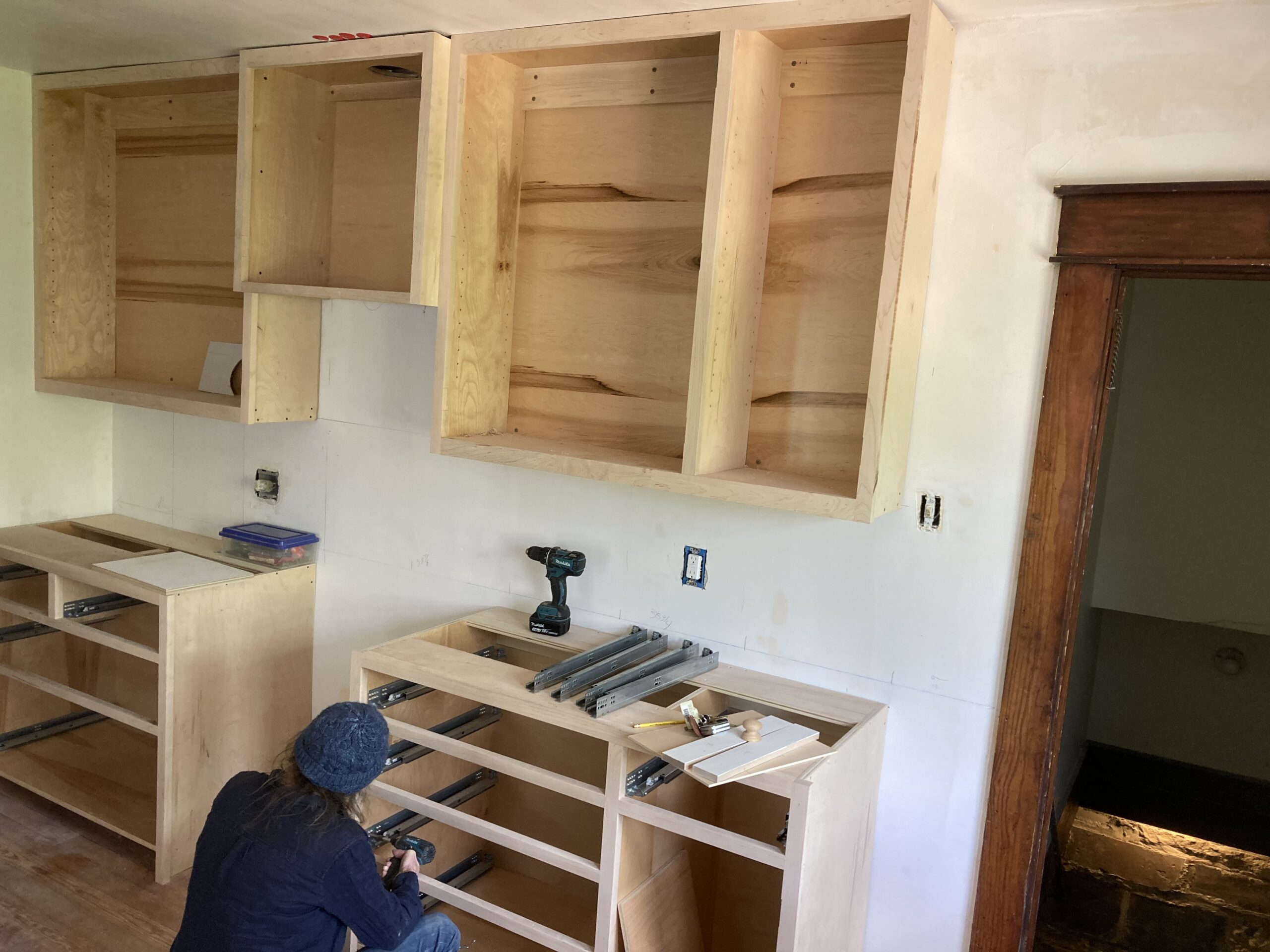Understanding DIY Soft Close Cabinet Mechanisms: Diy Soft Close Cabinets

Upgrading your cabinets with soft-close mechanisms significantly enhances convenience and longevity. This guide details the various types available for DIY installation, providing a comprehensive comparison to help you make an informed decision. We’ll cover installation procedures and cost-effectiveness, ensuring a smooth and successful project.
Types of Soft Close Mechanisms
Several types of soft-close mechanisms are available for DIY installation. The most common are: hydraulic dampers, pneumatic dampers, and self-closing hinges. Each offers unique features, advantages, and disadvantages impacting their suitability for different projects.
Hydraulic Dampers
Hydraulic dampers utilize a fluid-filled cylinder to create resistance, slowing the door’s closing motion. They are generally reliable and offer a consistent soft-close action. However, they can be more expensive than other options and may require more precise installation.
- Advantages: Smooth, consistent closing; relatively durable.
- Disadvantages: Higher cost; potentially more complex installation.
Pneumatic Dampers
Pneumatic dampers use compressed air to provide the damping force. They often offer a faster closing speed compared to hydraulic dampers but might not be as smooth. They are generally less expensive than hydraulic dampers but might require more frequent replacement.
- Advantages: Relatively inexpensive; generally easier to install.
- Disadvantages: Potentially less smooth closing; may require more frequent replacement.
Self-Closing Hinges
Self-closing hinges incorporate a built-in mechanism that provides a controlled soft-close action. They are often the most affordable option but may not offer the same level of smooth closing as hydraulic or pneumatic dampers.
- Advantages: Inexpensive; easy to install.
- Disadvantages: Less smooth closing than hydraulic or pneumatic dampers; may not be suitable for heavy doors.
Tools and Materials Required, Diy soft close cabinets
The tools and materials required vary depending on the chosen mechanism. Generally, you will need a screwdriver (Phillips and flathead), a measuring tape, a pencil, and possibly a drill with appropriate drill bits. Specific requirements for each mechanism type are detailed below.
Installation Guide: Hydraulic Dampers
1. Measure and Mark: Carefully measure the position for the damper on both the cabinet door and the cabinet frame. Mark the locations with a pencil.
2. Attach the Brackets: Attach the brackets to the door and frame using the provided screws. Ensure they are securely fastened and aligned.
3. Connect the Damper: Connect the damper to the brackets. A visual representation would show the damper connecting the two brackets, one on the door and one on the frame.
4. Test and Adjust: Close the door to test the soft-close action. Minor adjustments to the damper’s position may be necessary to achieve optimal performance. The image would depict the optimal positioning of the damper for smooth closure.
Installation Guide: Pneumatic Dampers
The installation process for pneumatic dampers is similar to that of hydraulic dampers. The key difference lies in the connection of the damper to the door and frame. The image would showcase the specific connection points of a pneumatic damper, potentially highlighting pressure valves or adjustment screws.
Installation Guide: Self-Closing Hinges
Replacing existing hinges with self-closing hinges is generally straightforward. The image would illustrate the direct replacement of a standard hinge with a self-closing equivalent.
Cost-Effectiveness Comparison
| Mechanism Type | Material Cost | Installation Time (per unit) | Long-Term Durability |
|---|---|---|---|
| Hydraulic Dampers | Medium-High | Medium | High |
| Pneumatic Dampers | Medium-Low | Low | Medium |
| Self-Closing Hinges | Low | Low | Low-Medium |
